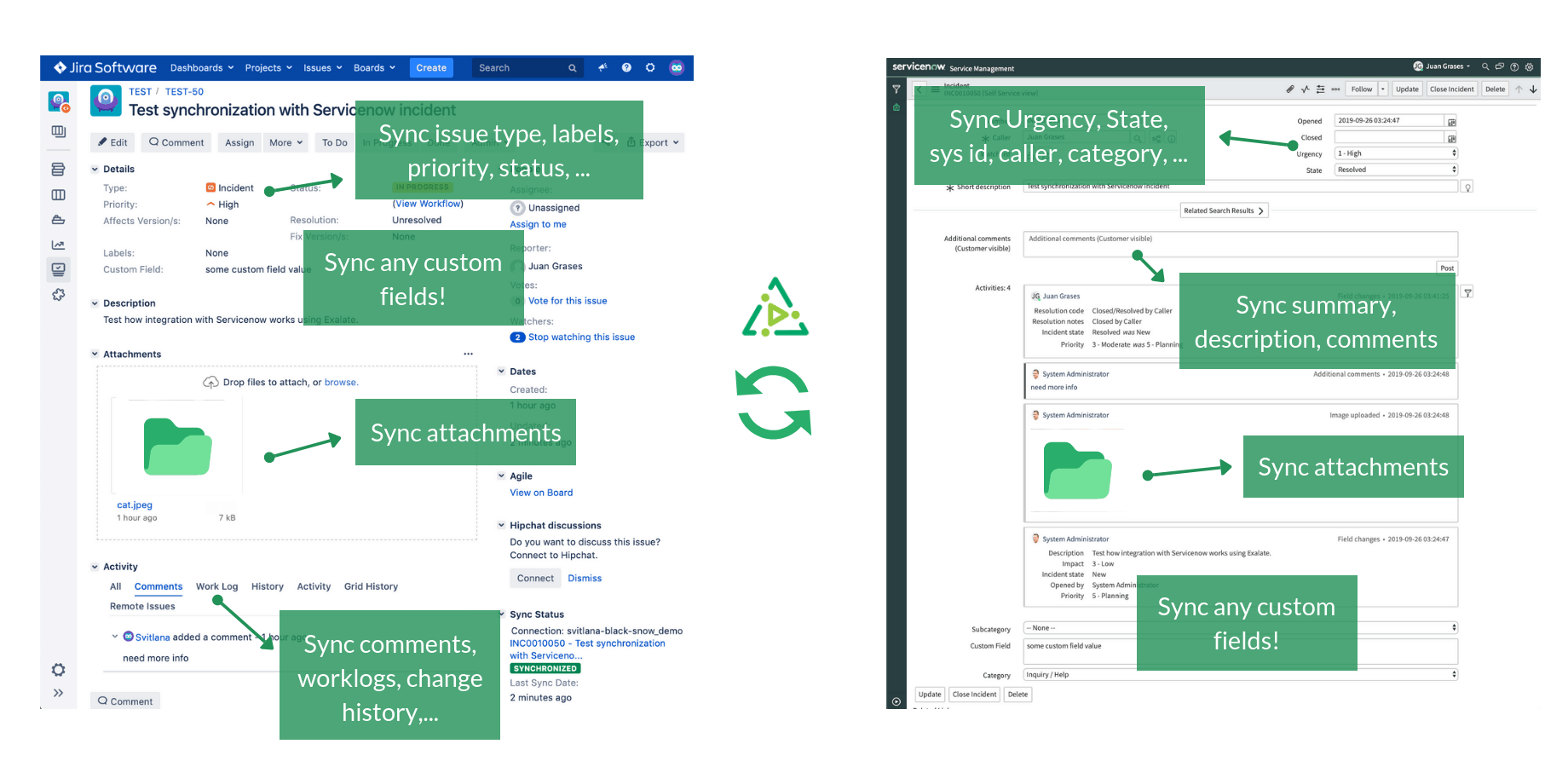These differences result from updates made to your web app, options that you or your admin have enabled, and which process was chosen when creating your project—Agile, Basic, Scrum, or CMMI. The Basic process is available with Azure DevOps Server 2019 Update 1 and later versions. Compare Azure DevOps Services vs Jira Software. 2028 verified user reviews and ratings of features, pros, cons, pricing, support and more. This tool lets you migrate work item from Jira to Azure DevOps or Microsoft Team Foundation Server. The tool has two parts, first Jira issues are exported to files then we import the files to Azure DevOps/TFS. We believe this is a good approach to migration since it allows you to export the data to migrate and validate it before importing it.
Jira and Azure DevOps (VSTS) integration ensures there is no scope for communication gaps or miscommunication between project management and development teams.
Jira and Azure DevOps (VSTS) Integration Overview
In an Application Lifecycle Management (ALM) ecosystem, the choice of systems and the collaboration between the cross-functional teams play a great role. While the choice of systems impacts the productivity of a team, the cross-functional collaboration helps the teams get complete context of the business requirements.
Best-of-breed systems such as Jira and Azure DevOps (VSTS) bring rich functionalities to the ecosystem. By integrating Azure DevOps (VSTS) with Jira, enterprises can seamlessly manage product development. The developers using Jira will have clear visibility into the exact feature requirements and real-time access to any changes/enhancements made to the requirements. On the other hand, Azure DevOps (VSTS) users will have complete view of development of a requirement that is progressing.

How Azure DevOps (VSTS) and Jira integration is beneficial for an enterprise
- Access to all test cases, defects, and QA plan
- Trace the requirement breakdown completely – access the features, stories, tasks associated with the requirement
- Developers are always up-to-date on feature requirements and associated updates
- Track the estimated and actual development efforts
- Get complete context of the business requirement and receive real-time updates when there is a change in the plan
- Coordinate on the delivery timelines seamlessly with concurrent updates on changes
With Azure DevOps (VSTS) and Jira integration, enterprises can:
How OpsHub Integration Manager integrates Jira and Azure DevOps (VSTS)
OpsHub Integration Manager integrates Azure DevOps (VSTS) and Jira bidirectionally. It ensures that all historical and current data is available to each user, in that user’s preferred system, with full context, in real-time. All ‘requirements’ from Azure DevOps (VSTS) automatically synchronize to Jira where they are broken down to ‘stories’. The completion of the story and the status of test results against it automatically synchronizes to Azure DevOps (VSTS).

Benefits of integration for Jira and Azure DevOps (VSTS) users
- Traceability for business requirements throughout
the ALM tool chain - Access to complete development plan
- Visibility into the progress of development work
- No dependency on manual communication for
making business decisions
- Real-time updates on feature requirements and associated changes/enhancements
- Clear visibility into quality parameters and test results from Jira itself
- No manual efforts needed to keep product management teams updated on the development status
Jira Azure Devops Connector
Check Jira integration with other systems
